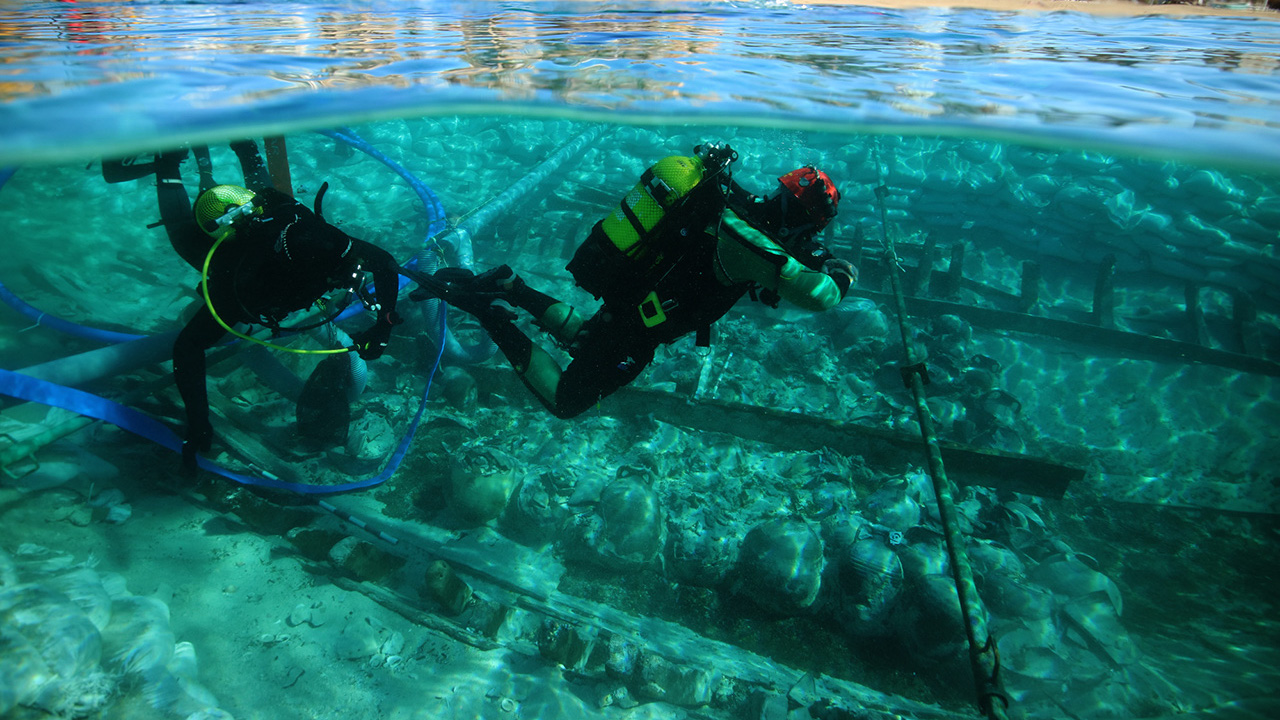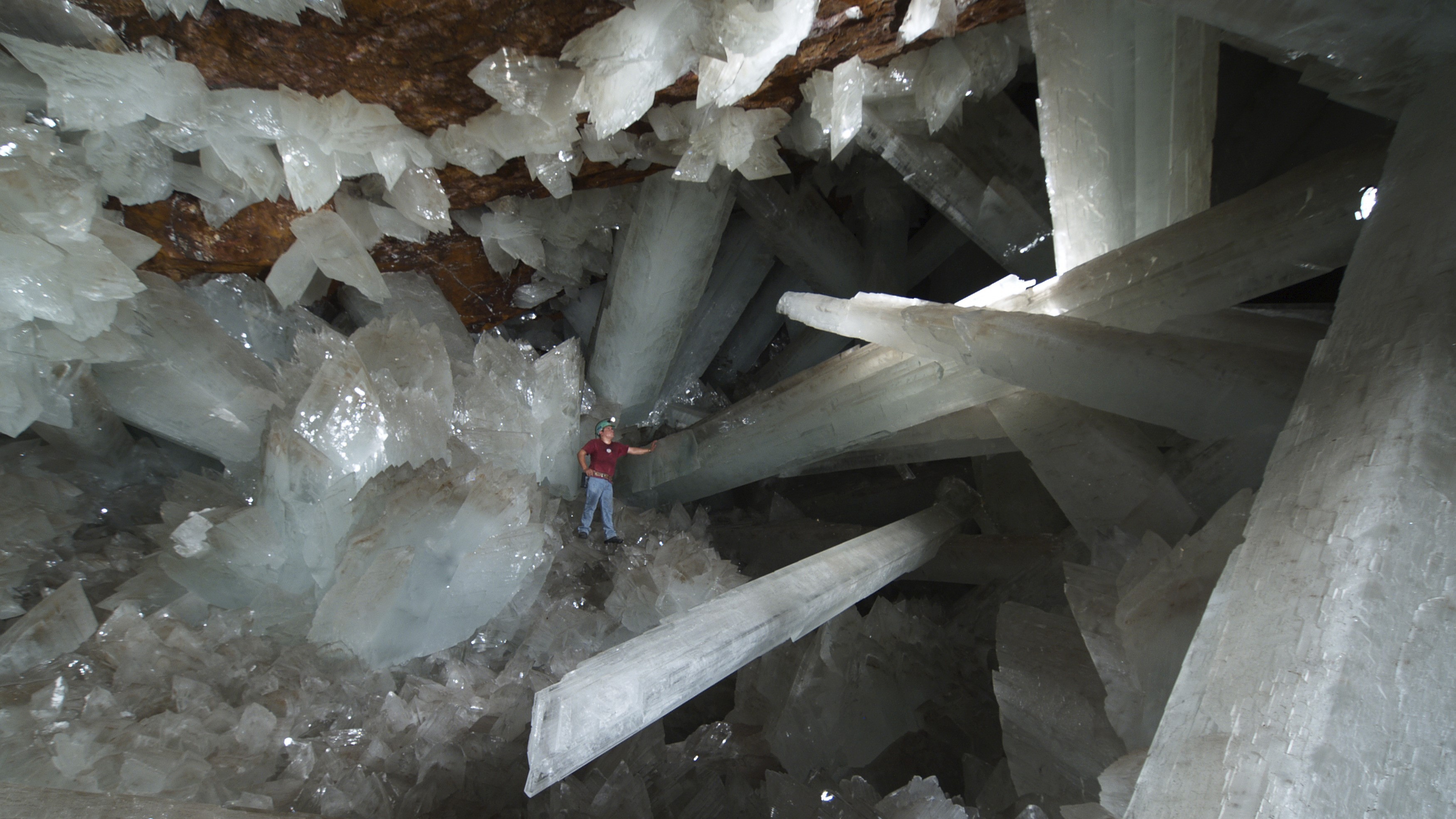Colloids and Interfaces, Vol. 8, Pages 12: Energetic and Entropic Motifs in Vesicle Morphogenesis in Amphiphilic Diblock Copolymer Solutions
Colloids and Interfaces doi: 10.3390/colloids8010012
Authors: Senyuan Liu Radhakrishna Sureshkumar
Coarse-grained molecular dynamic simulations are employed to investigate the spatiotemporal evolution of vesicles (polymersomes) via self-assembly of randomly distributed amphiphilic diblock copolymers PB-PEO (Poly(Butadiene)-b-Poly(Ethylene Oxide)) in water. The vesiculation pathway consists of several intermediate structures, such as spherical/rodlike aggregates, wormlike micelles, lamellae, and cavities. The lamella-to-vesicle transition occurs at a constant aggregation number and is accompanied by a reduction in the solvent-accessible surface area. Simulation predictions are in qualitative agreement with the mechanism of vesicle formation in which the unfavorable hydrophobic interactions between water molecules and polymer segments, along the edge of the lamella, are eliminated at the expense of gaining curvature energy. However, rod–lamella–vesicle transition is accompanied by an increase in copolymer packing density. Hence, the change in the surface area accompanying vesiculation predicted by the simulations is significantly lower than theoretical estimates. Changes in information entropy, quantified by the expectation of the logarithm of the probability distribution function of the segmental stretch parameter s, defined as the difference between the maximum and instantaneous segmental extension, are statistically insignificant along the vesiculation pathway. For rods, lamellae, and polymersomes, s follows a log normal distribution. This is explained based on the configurational dynamics of a single diblock chain in water.

 2 months ago
22
2 months ago
22


